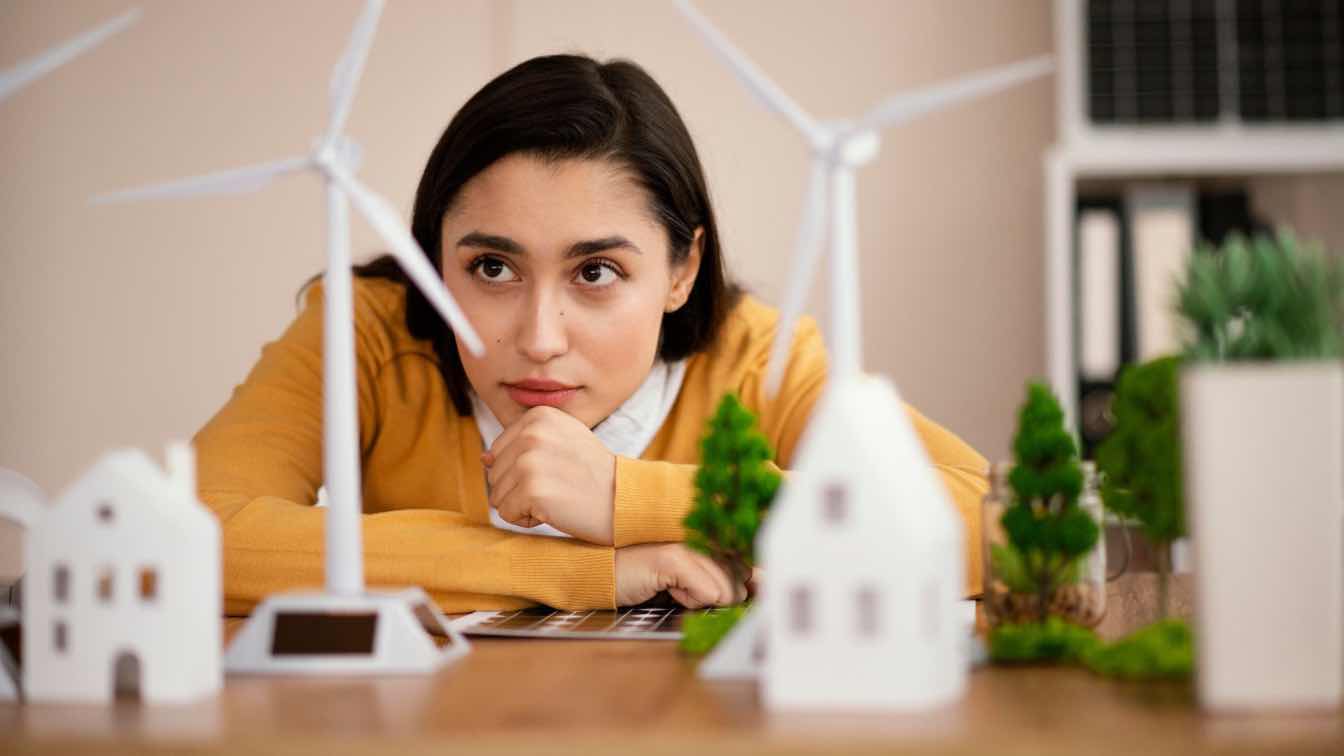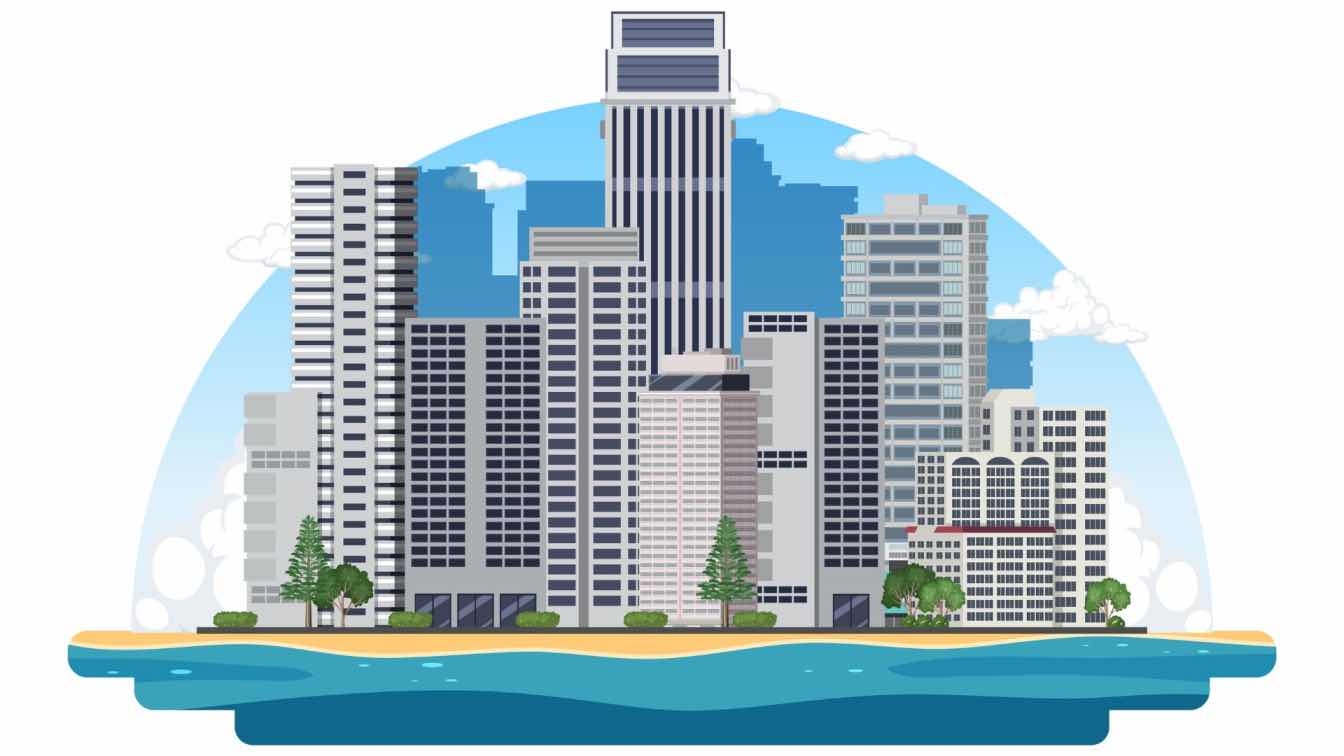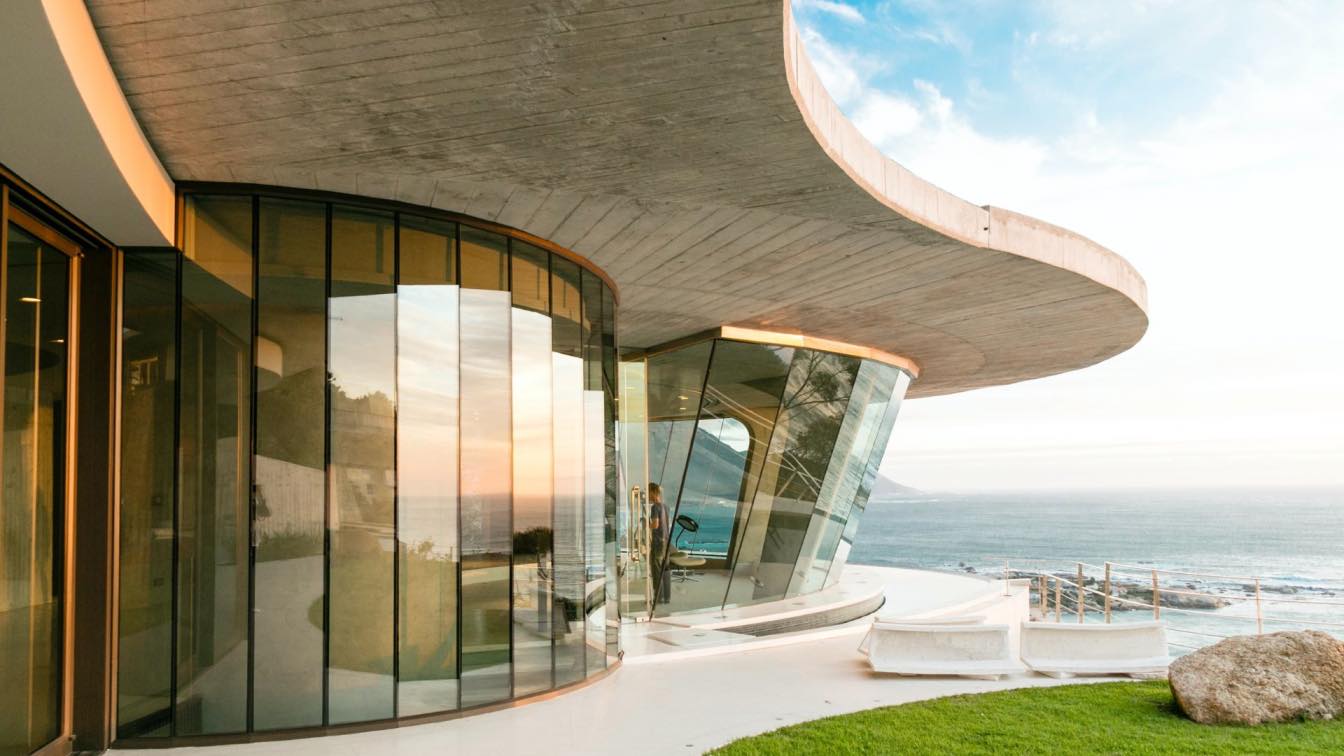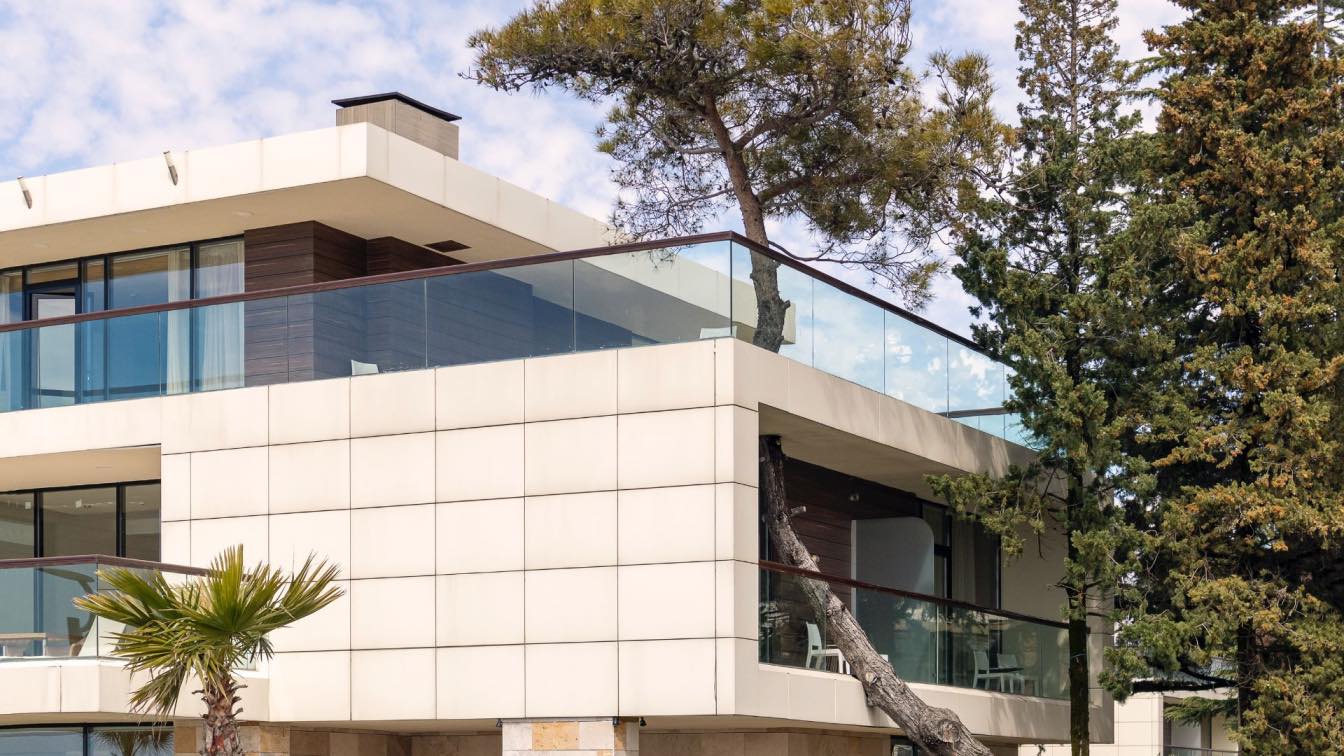Imagine waking up in the time 2050. The sun is lustrously, summers are longer, and the terrain is veritably different from what we know at the moment. Climate change isn’t a distant possibility presently, it's part of our everyday reality. Now, what if I told you the way we design our homes at the moment can make that future a lot further inhabitable?
Designing for 2050 isn’t wisdom fabrication, it is smart, and more importantly, it’s necessary.
Exposure Matters More Than Ever
This might sound like Architecture 101, but it’s surprising how frequently it’s ignored in ultramodern construction.
A climate- responsive home thresholds with smart exposure. In hot climates, this means minimizing direct sun exposure during peak hours. Suppose large protuberances and narrow structure forms that reduce heat gain.
In colder climates? You’ll want to maximize sun, especially in downtime months. Large south- facing windows( in the northern semicircle) and thermal mass accoutrements like concrete or gravestone can soak up heat during the day and release it sluggishly overnight.
Note: The key is simple design with the sun and wind, not against them.
- Natural Ventilation Is the New Air Conditioner
Let’s face it, relying purely on air conditioners in 2050 might not indeed be practical or affordable.
Energy costs are projected to soar, and the environmental impact of cooling systems is formerly disquieting. That’s why unresistant cooling strategies are gaining fashionability.
For example
1. Cross-ventilation( windows on contrary sides of the home)
2. Mound ventilation( letting hot air rise and escape)
3. Voiced roofs and yards
In short, let your home breathe.
Pro tip?
Use light- colored roofs. It might not sound sexy, but they reflect heat and keep innards cooler occasionally, climate-smart is also budget-smart.
Green Spaces Not Just for Aesthetics
You know those rooftop auditoriums and inner agronomists on Pinterest? They’re not just trendy. They’re important tools in fighting climate stress.
In 2050, anticipate civic heat islets to get worse. This means metropolises will be hotter than the country due to all the concrete and asphalt. So, homes with green roofs, perpendicular auditoriums , and shadowed out-of-door spaces wo n’t just feel more inhabitable, they’ll be more inhabitable.
Plants help reduce inner temperatures, ameliorate air quality, and absorb CO ₂. Indeed a small deck condiment theater can make a difference. And hey, growing your own food? That’s a perk in a changeable food future.
Energy Independence Will Be Non-Negotiable
There's a wild but likely idea in 2050, the grid might not always be dependable. Energy outages could come common in some corridors of the world due to overloads, storms, or force issues.
That’s why energy-effective homes with erected- in independence are the way forward.
What does that look like?
1. Solar panels( of course)
2. Battery storehouse systems
3. Smart measures and energy operation tools
4. Appliances that consume lower and do more
And lighting? suppose natural daylighting. Large windows, light shelves, and reflective innards help reduce the need for artificial lights during the day.
Powering your home shouldn’t drain the earth or your wallet.
Water Is the Next Big Thing
It’s easy to forget how important water we use, until we don’t have enough of it. famines, irregular showers, and groundwater reduction are all getting frequent captions.
A climate- responsive home must be water-smart
1. Rainwater harvesting systems
2. Greywater recycling( reusing water from cesspools or showers for irrigation)
3. Low- inflow gates and binary-flush toilets
4. Drought- resistant landscaping
Also, know that a green roof can absorb rainwater and reduce runoff, while helping cool the structure.
Materials Matter
In 2050, sustainability won’t just be a trend, it’ll be a necessity.
Materials need to be locally sourced, low carbon, and long- lasting. We’re talking
- Bamboo
- Recycled bricks or concrete
- Rammed earth
- Natural sequestration( like lamb hair or hempcrete)
And make sure to say no to candescent imported marble that’s travelled half across the earth. Your home should admire its terrain, not leave a giant carbon footmark.
Smart but Not Dependent
Yes, the homes of 2050 will be smart automated hangouts, climate control, energy shadowing apps, the workshop. But there's a word of caution: don't make your home too dependent on tech.
Technology should enhance sustainability, not replace it.
A smart home that can’t serve during a power cut isn’t unborn-ready. rather, balance high- tech systems with low- tech adaptability like proper sequestration, daylight design, and ventilation that works indeed without electricity.
Psychological Comfort is Part of Sustainability
Of course nowadays we don’t talk about enough emotional well- being.
2050 might bring climate anxiety, profitable insecurity, and rapid-fire change. Your home should be your safe space a place of calm, comfort, and connection.
Natural accoutrements , biophilic design ( connecting with nature), quiet zones, and warm lighting each contribute to emotional adaptability.
A climate- responsive home isn’t just about survival it’s about thriving in a world that’s evolving presto.
Flexible, Adaptable Living Spaces
The future is changeable and our homes should reflect that.
What if a family of four becomes six? Or do you need to work from home permanently? Or you decide to grow food on your sundeck?
Modular design portable walls, multifunctional cabinetwork, and open layouts can help your space acclimatize without a full addition.
In a climate- impacted future, inflexibility is a superpower.
Conclusion
Designing for 2050 isn’t about prediction. It’s about preparation
We don’t have to stay decades to make smarter homes. Every decision we make at the moment, how we make, what we buy, where we invest can shape a better, more sustainable future.
Climate- responsive homes aren’t just a trend for engineers eco-warriors. They’re a life upgrade for all of us.
So whether you’re erecting from scrape, revamping a room, or just changing a many habits, start small, start smart, but most importantly start now.





